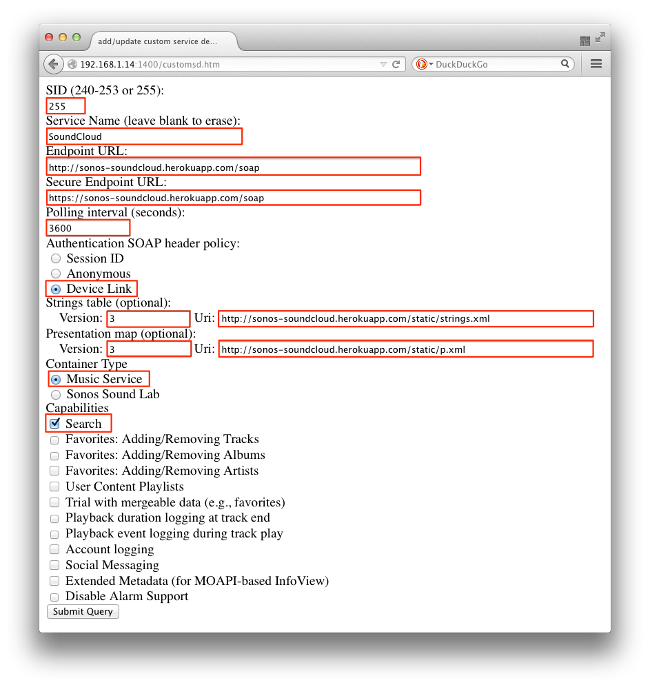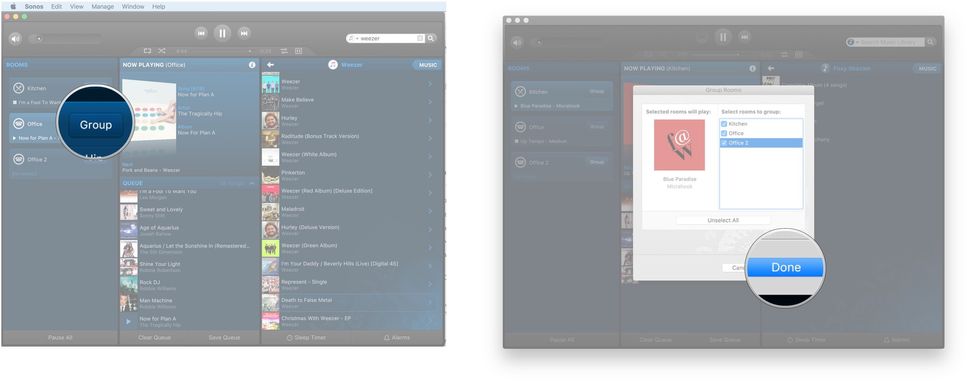

- Update sonos software manual#
- Update sonos software portable#
- Update sonos software software#
- Update sonos software Bluetooth#
Once you’ve successįully turned the Roam online and recorded it in the Sonos app, you get to access a lot of cool features. Think of the Sonos controller app as the bridge that connects your speakers and the internet.

Update sonos software Bluetooth#
Failure to do so means that you’ll be unable to use the speakers, including its built-in Bluetooth functions. To do this, you’ll need a source device, the Sonos controller app, and the home network of your choice. Upon purchase, you’ll need to turn the Sonos Roam online. This won’t pose as a problem, though, if your only goal is to stream media using a third-party program. However, this won’t give you any access to the Sonos application. If you’re out of the house, you can also establish a connection via Bluetooth. However, you’ll need to reset the WiFi settings to avoid any system confusion if you do so. On the off chance that your connection is unstable, you can also opt for a physical connection via the router’s ethernet cable.
Update sonos software portable#
If you’ve successfully linked the portable speakers to a Sonos system, then you can stream from anywhere around the house. First, you should remember that the Roam is part of Sonos’ multi-speakers family, which functions best when connected to a WiFi network. There are many ways to connect your portable Roam speakers, depending on the availability and usage you’re aiming for.
Update sonos software manual#
You can opt for automatic or manual updates, which you can control via the Sonos app.
Update sonos software software#
The only thing to note is to keep checking for software updates, which will help you maximize the device’s features. No, you can’t talk to it using Siri (it’s got Amazon’s Alexa assistant onboard), but you can control it using Siri on your other Apple devices.Once you’re done setting up your wireless speakers, you can use them without delay. It’s not only a fraction of the price of a HomePod, but it’s now a fully AirPlay 2-compatible citizen. When my (non-AirPlay 2) Sonos Play:1 was playing along with the Play:5 and the HomePods in my living room, I was able to press the play/pause button in the bathroom and pause the music everywhere. This extends to the controls on the Sonos hardware itself. You can control playback from the Sonos app, so you can pause, resume, and even skip to the next track-not just on Sonos speakers, but on all the speakers that are connected together. That starts with the ability to group non-AirPlay Sonos speakers with an AirPlay-compatible one in order to create a larger playback group, but it doesn’t stop there. Sonos has done some nifty engineering to bridge the gap between AirPlay and any other Sonos speakers in your home. Just because these Sonos devices support AirPlay 2 doesn’t mean that they lose any of their other, existing features. It’s not as robust-everything’s got a two-second buffering delay, for instance-but I was able to play a podcast from my iPhone using Overcast (which doesn’t support AirPlay 2) to the Play:5 and my pair of HomePods. With all this talk about AirPlay 2, it’s worth noting that AirPlay 2-compatible speakers also support the original AirPlay protocol.

You can control Sonos devices via the HomePod, too: When listening to music on a paired set of HomePods in my living room, I said, “Hey Siri, also play this in the garage,” and the music immediately picked up on the Play:5 in the garage, in sync. I was able to tell my iPhone to play some music in the garage, and in a couple of seconds, music sprung from the Play:5.

With AirPlay 2, Sonos speakers gain Siri support.


 0 kommentar(er)
0 kommentar(er)
